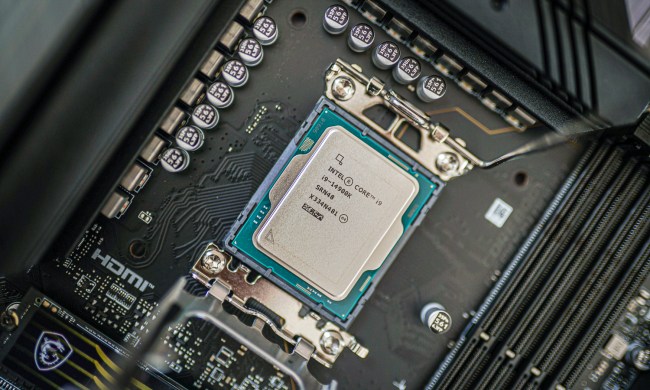There are plenty of companies out there making cellular meat and seafood, referring to types of protein that are grown artificially using lab technologies rather than harvested from living animals. But while the concept of lab-grown beef or “cellular aquaculture” like bluefin tuna aim to provide another source of food that’s widely consumed, other companies are aiming for a slightly more … luxury market when they select what they’re trying to recreate.
One such example is the Japanese startup IntegriCulture. Its goal? To create cell-based foie gras that doesn’t require the death of any animals to manufacture. Foie gras — on the off-chance that you’re not an ultra-wealthy oligarch or billionaire arms dealer and therefore need it explaining — is a French delicacy consisting of duck or goose liver that’s been fattened through the force-feeding of birds with significantly more food than they would ordinarily eat in the wild. For this reason, it’s been banned in many countries due to the cruelty of the production process. Nonetheless, it remains extremely popular with many foodie types and is also very expensive.
IntegriCulture’s idea is to create cell-based foie gras that won’t have any of the ethical downsides of the actual food (at least, so long as you’re happy to eat something that’s based on a food originally harvested in a cruel way), while still providing the flavor. In a previous press release, the company included a comment from “future-food gastronomist” Chef Kuwana, who noted that: “The sweetness and richness are in good balance. It is very good. I did not feel so much oil, but flavor spread in my mouth even with a small amount. It was a pure and mellow foie gras with a sweet and gentle spread.”
The company has developed its cell-based foie gras, using a process in which a culture medium is seeded with organ cells that differentiate into goose liver cells. IntegriCulture said that it has successfully achieved cell proliferation, lipid accumulation, and cell clustering. While the taste is not yet exactly like real foie gras (it has a more savory flavor at present), this could presumably be tweaked over time. According to FoodNavigator-USA, it recently raised $7.4 million in Series A funding to advance its mission of “democratizing cellular agriculture.” This money will help to build a slaughter-free foie gras factory to bring the food to market in 2021.

